The New York Times by Floyd Norris - February 24, 2011
Financial frauds tend to follow predictable paths after they are uncovered. At first, there is outrage and a determination to find and punish the villains. But passions fade and investigations run into ambiguities. Those with the most money to protect — typically accountants or banks whose knowledge of the fraud is at best debatable — fight to avoid legal liability. Government investigators eventually move on to other cases, and victims seeking revenge and compensation conclude that there is little point to spending more money to pursue uncertain suits. Settlements are reached on terms defendants can live with. But the Bernard L. Madoff fraud is proving to be different, and not just because Mr. Madoff ran by far the largest Ponzi scheme ever encountered. This time those pursuing the investigation have no other case to move on to, and no need to worry about costs. They can spend what they want, with the cost ultimately borne by some of the same Wall Street firms they are suing. That spending has risen to levels that would be unthinkable if this were a normal case. Through the end of last year, the trustee appointed by the Securities Investor Protection Corporation had spent $228.3 million — and that does not count the money that has gone to victims. Baker Hostetler, the law firm representing the trustee, received most of the money.
SIPC (pronounced SIP-ick), a Congressionally chartered company that finances itself from assessments levied against brokerage industry revenue, estimates that it will spend a further $1.1 billion on the case. That is equal to the entire annual budget of the Securities and Exchange Commission. That Madoff investigation has produced a lot of information about how Wall Street operated and about the extremely limited influence of those who were looking for signs of fraud. Red flags were seen, but discounted. Surely there were explanations other than fraud, and anyway, there were profits to be made. In one case disclosed this week, the trustee, Irving H. Picard, asserts that some people at Citigroup were suspicious that there might be fraud, but reassured themselves with a different — if equally illegal — explanation for the consistently good returns Mr. Madoff reported. Maybe his legitimate business, which handled a large volume of stock trades, was profiting from front-running customer orders, buying stocks that were about to have big buy orders and then selling them at a profit. It did not hurt that Mr. Madoff’s trading operations were well known on the street, and thought to be highly profitable. Only lately have we learned that those profits ended some years ago.
From 2000 through 2007, the trading business reported profits of $324 million. SIPC, having gone through bank records, says almost exactly twice that was stolen from investors in the Ponzi scheme and diverted to the brokerage business. Citi was not where Mr. Madoff had his banking accounts. That was JPMorgan Chase, which is also being sued by Mr. Picard. If all Citi ever did was run a bank, it would be nowhere near this case. But there were other ways to make money off Mr. Madoff. He generated good, but not great, profits year after year. He never lost much money, even when the market was tanking. So some investors figured they could get fabulous returns by using leverage. That was where several banks, including Citi, came in. They would structure derivative securities that let people get multiples of the profits Mr. Madoff generated — less some very nice fees for the bank, of course. The risk for the banks came in the fact they would have to pay out a lot of money if Mr. Madoff continued to have great results. So they “hedged” their exposure. That is a nice way of saying they invested in hedge funds that served as “feeder” funds for Mr. Madoff. The profits on those investments would offset their exposure. They were taking on no risks, or so they thought. The banks put in terms specifying they had no responsibility for any fraud that might be discovered.
In late 2008, with the credit crisis destroying almost everyone else’s returns, Mr. Madoff kept reporting good profits. Some banks cashed in their stakes — leaving them exposed if the returns were real but producing cash they may have felt was needed at the time. Those transactions strike Mr. Picard as highly suspicious. He has not found any smoking-gun e-mails showing the banks knew Mr. Madoff was a fraud, but he still wants to get the money they took out and distribute it to other investors who lost money in the Ponzi scheme. The trustee has found plenty of evidence that there were people at the banks who had reason to be suspicious, and who at one point or another wrote that the Madoff operation looked fishy. There were ways to check out the suspicions, but no one wanted to needlessly offend Mr. Madoff. One memo cited by the trustee said Citi was looking for someone who “could call Bernie ... without ruffling his feathers.” Why were the banks so oblivious? For some legal purposes, that may not matter. The trustee claims that they knew or should have known Mr. Madoff’s operations were fraudulent, and with hindsight it is hard to argue with that conclusion. But at the time I suspect the power in the banks lay with those who brought in revenue — such as by structuring the Madoff derivatives — and not with those who raised arguments against them. At the same time, the same banks were overriding qualms of those who thought they were making too many risky loans.
Mr. Madoff’s Ponzi scheme collapsed for the reason that all such schemes eventually fail: he could not raise enough new money to cover the withdrawals being made by earlier investors. To the extent the bank withdrawals helped to bring about the collapse, perhaps they do deserve credit, after a fashion, for ending the fraud. SIPC is involved in the case because Mr. Madoff ran his fraud through a registered broker-dealer, and investors were treated as customers of that brokerage firm, which had SIPC insurance that covered up to $500,000 per account in losses. This fraud is costing more than the total of all the other cases SIPC has handled in its 40 years of existence, and has generated a fair degree of controversy. Mr. Picard, backed by the bankruptcy judge, says SIPC insurance covers losses only for investors who put more money into the Ponzi scheme than they took out. Others benefited from the scheme, even though they did not know it, and except for hardship cases he wants them to pay the money back. At the end, Mr. Madoff’s customers had combined fictional positive balances of $73.5 billion. Amazingly enough, Mr. Madoff had allowed some customers to borrow more than $8 billion from the funds at low cost. If he had been running a legitimate operation, that would have made earning good returns for other investors even harder. The investors who borrowed have been forced to repay the loans. One, the estate of Jeffry Picower, a wealthy trader, agreed to a settlement of $7.2 billion. The trustee estimates that investors lost a net $20 billion. It now appears that they might be able to get it all back, particularly if the banks agree to substantial settlements. If that happened, it is possible that the net winners, who were victims of a fraud since they were told they had money that did not exist, might also get some money.
Mr. Picard appears to be a man on a mission. “We believe,” Stephen P. Harbeck, the president of SIPC, told me this week, “that rigorous pursuit of people responsible for brokerage firm failures sends a very important message.” He added that Mr. Picard “has the resources to conduct a serious and intense legal campaign.” Before this happened, SIPC thought it was fully funded, and charged brokerage firms only $150 a year. Now it charges them a quarter percent of net revenue — bringing in more than $400 million a year — and it is likely to keep doing that until it has $2.5 billion on hand. At last report, it had $1.2 billion, slightly more than the amount it expects to spend on the Madoff case in coming years. For now, anyway, major banks and Fred Wilpon, the owner of the New York Mets and a sophisticated investor who managed to take out much more than he invested with Mr. Madoff, are vowing to fight what they view as outrageous suits by Mr. Picard. It will be interesting to see if they stick to that position. If so, the banks could find themselves in the unfortunate position of having to pay for both sets of lawyers — one directly and the other through SIPC assessments — in trials that promise to be both expensive and embarrassing.




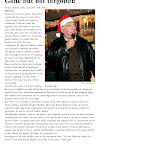

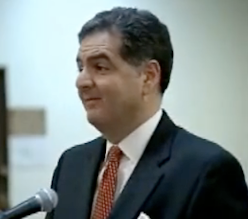
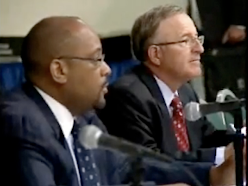
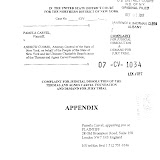
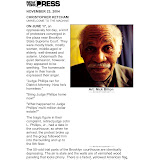
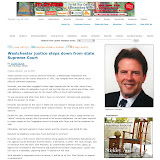
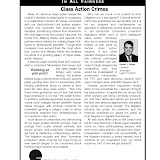
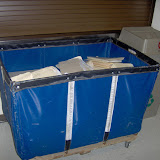
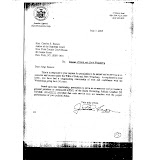
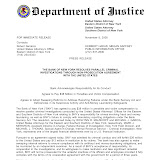
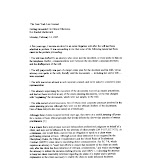
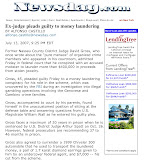
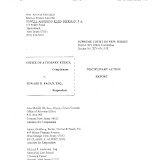
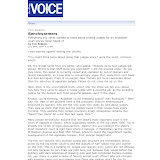
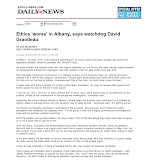
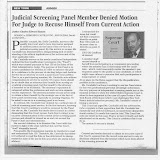

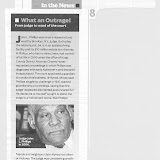
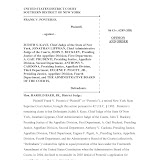
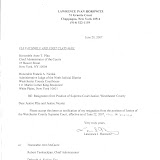
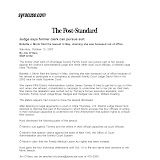
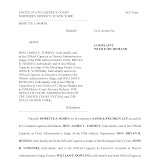

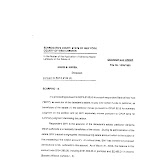
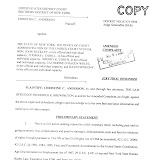
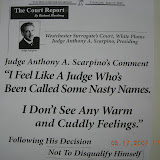
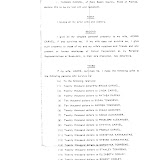
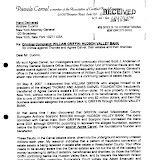
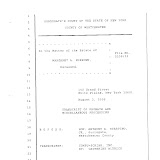
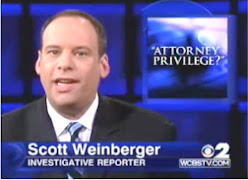
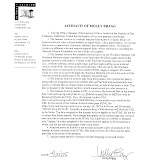
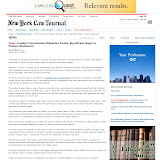
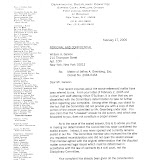
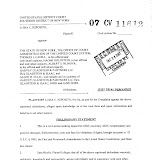
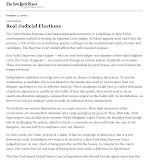
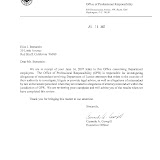
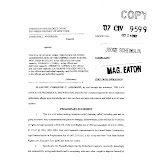
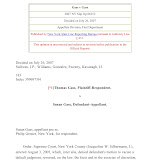
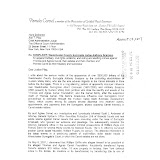

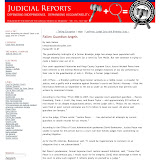
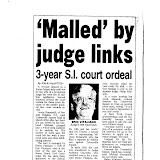
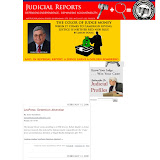
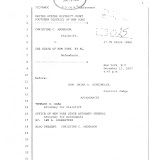
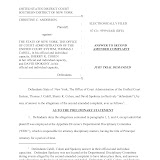
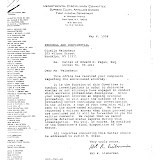
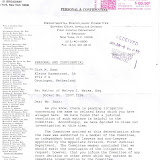
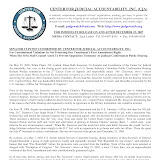
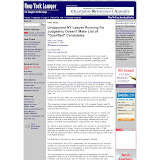
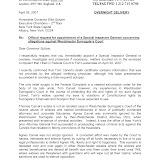
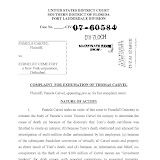
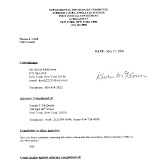
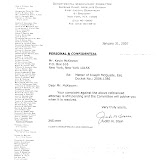
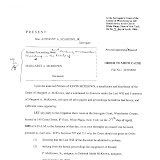
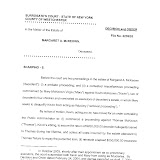
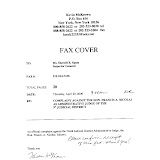
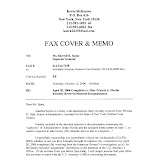
11 comments:
I want to know what all of the lawyers knew, especially the bank's lawyers. All of the lawyers need to be held accountable.
Lawyers need protection and they buy it from New York Judges and AG's such as Spitzer and Cuomo. All the missing money in mortgage derivatives and like transactions and all the stocks and bonds given favorable ratings were not prosecuted. Where were all the attorneys at the banks, or the SEC, or Federal prosecutors, or Schumer's oversight, or Spitzer's, or Cuomo's? MIA while still collecting money from the participants? Has the New York Times reported from this website, or does the mouthwash still work for the editors to recover from their extensive bottom kissing?
The same players that manipulate the financial markets, manipulate the legal process. They do it away from prying eyes, with a hand shake and a wink.
The victims who complain are ignored and dismissed and insultingly referred to as being "disgruntled".
Instead of actually doing their jobs and objectively reviewing complaints, they toss them aside. When their corrupt schemes implode, they try to cover up their mess and then retire on their pensions and go into the private sector, where the continue to trade on their insider information and contacts. Even if there is a law that prohibits this, they always manage to get a waiver. What a surprise.
Cuomo should have the Law Department of his office go through every single law and rule (and Constitutional mandate/requirement) and make sure Lippman, Pfau, OCA and the others are in total and complete compliance.
Just to give them a heads-up, they are not in compliance with even the basic, fundamental requirements for running the Courts. Any first year law student could do this, so a department full of lawyers shouldn't have any problem.
Cuomo could balance the state budget by forcing the judiciary to cleaning up its waste and incompetence.
Just a thought.
p.s. If the management of the courts were brought into the 21st century, it would help litigants and court personnel. Anyone who has been in court knows how sloppy and frustrating it is, and it has to be for the employees also. And there is absolutely no accountability. Lippman had no management skills and neither does Pfau. There is no requirement that the Administrator of the Court be a judge, who why don't they get someone in there who actually has management experience?
The legal establishment can not afford to have a large number of 'corrupt' lawyers exposed. So the cover-up goes into high gear. A few dopes will be thrown to the wolfes to con the public.
Lawyers find yet another way to scam the citizens of NY.
Their part-time jobs probably are to find more ways to line their greedy pockets.
Albany pols' pals net free taxpayer-funded medical care despite barely working
http://www.nydailynews.com/news/politics/2011/02/27/2011-02-27_its_nice_to_have_pols_as_pals_some_parttime_aides_get_medical_benefits_paid_by_y.html
Justice John K. McGuirk from the New York State Supreme Court in Goshen, county of Orange; helped with kidnapping of my children from our legal home state. Ever since my children have been alienated and subjected to child porn and child prostitution.
Judge John K. McGuirk was paid off to rig the child custody and divorce case. Despite evidence, videos, recordings, child porn pictures and testimony. My children are still hostage in the State of New York County of Orange.
The agencies in Orange County have worked very hard to cover up the child porn, child prostitution and other crimes against my kidnapped children by the non-custodial parent. Agencies such as the Orange County District Attorney's Office and Goshen Child Protective Service, among others.
It is time for Cuomo to round up these criminals in New York engaging in the trafficking of minors for sexual performances using a United States of America Court and their law licenses.
It is time to implement the death penalty to any and all officials engaging in these type of crimes against children and their families.
Seems like the Technical Difficulties allegedly preventing the Posting of the Correspondence with the FBI have been going on for quite a while now?
I guess its a good thing this "system" isn't guiding the Discovery Space Shuttle or our Airspace and Defense systems.
Nonetheless it will be very appreciated to see this correspondence involving the current Chief Judge of the State's highest Court, the Court of Appeals, who was Chief Deputy at OCA under the prior Chief Judge Judith Kaye, come out in the public domain.
from hvr
2.28.2011 11:34 am est
Why doesn't the powers that be go after all the money that 'Wall Street' ripped off? The illegal system will not do that because the 'Banksters' are their buddies. So the taxpayers get ripped off again.
Why are state courts run so poorly, why is there no oversight to ensure that they operate swiftly and justly, why do the court adminstrators exist? this corrupt machine must be dismantled!
Civil courts in NY are a disgrace! They do whatever they want whenever they want, they do as little work as possible and permit cases to drag on and on for years and years! Judges are responsible for this! Justice goes to the highest bidder!
Its tough to trust any investigation into the courts when courts can issue their own interpretation of law that vindicates itself. This is a summary of former chief judge Kaye's statement on a kickback scene of another judge.
If while in the performance of his duties he accepts a kickback, the adminstrative actions of the judicary takes precedence to act under judicary conduct rules. Had the kickback been taken while walking across the street to get a doughnut and coffee, then the act would be prosecutable under criminal law.
Shoot me, please!
Post a Comment